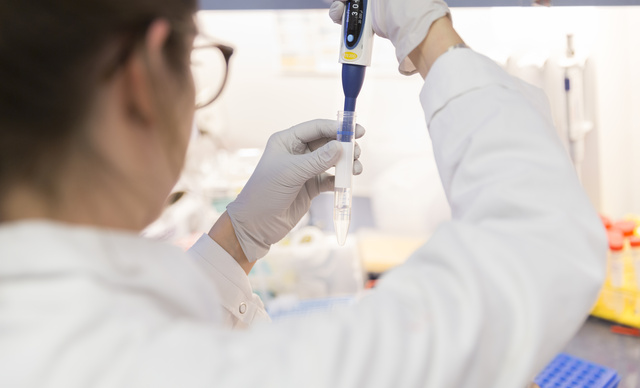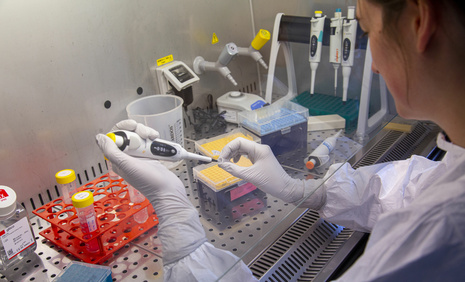The Radio-Pharmacology department
The Radio-Pharmacology department at Institut Curie, based at the Saint-Cloud and Paris sites, is studying the effect on the body of native or radiolabeled medication once administered to the patient. The department’s teams, recognized by their peers, are involved in a number of national and international collaborations.

Missions of the Radio-Pharmacology department
To provide effective treatment with as few side effects as possible, it is vital to know what becomes of the treatments once they have been administered to the patient. This is the aim of the Radio-Pharmacology department, headed by Dr. François Lokiec.
- Pharmacology involves studying the changes in the drug’s molecule, which generally goes through four phases: absorption, distribution in the body, metabolization and then elimination. Experts in the department are studying both the pharmacokinetics of the drug, in other words the change in its concentration over time, and the pharamcodynamics, meaning the change in its therapeutic or toxic activity. When these various parameters are known, the dose and the treatment administration protocol can be adapted to make them more effective and reduce their toxicity. The same procedure can be used to test combinations of molecules, a phenomenon that’s becoming more common with the development of precision medicine.
- The department’s other specialty is radiopharmacy, which features two activities. The first is the hospital activities, focused on managing the radiopharmaceuticals circuit, which involves pharmaceutical analysis of prescriptions, orders, receipts, preparations, quality control of radiopharmaceuticals for injection in Nuclear Medicine, as well as managing radioactive waste. The second is research, with a medical cyclotron at the Saint-Cloud site. This equipment is used to make (radioactive) isotopes with a very short life span. They are used to “mark” molecules and/or medications with a level of quality that can be injected into humans in clinical trials. They can then be “tracked” in the body using special imaging technology: the PET scan.
This specialty also helps physicians check, for example, that the product indeed reaches the tumor to be treated. Here again, this technique helps prevent the prescription of treatments that won’t reach their target, or to confirm that treatments are effective.
The Radio-pharmacology team at Institut Curie is a major asset, collaborating with other cutting-edge units at Institut Curie, including the:
- Clinical Investigation Unit.
- Early Clinical Trial platform.
- Research Center.
It allows the department to develop collaborations throughout France as well as overseas, with both public and private institutions.

